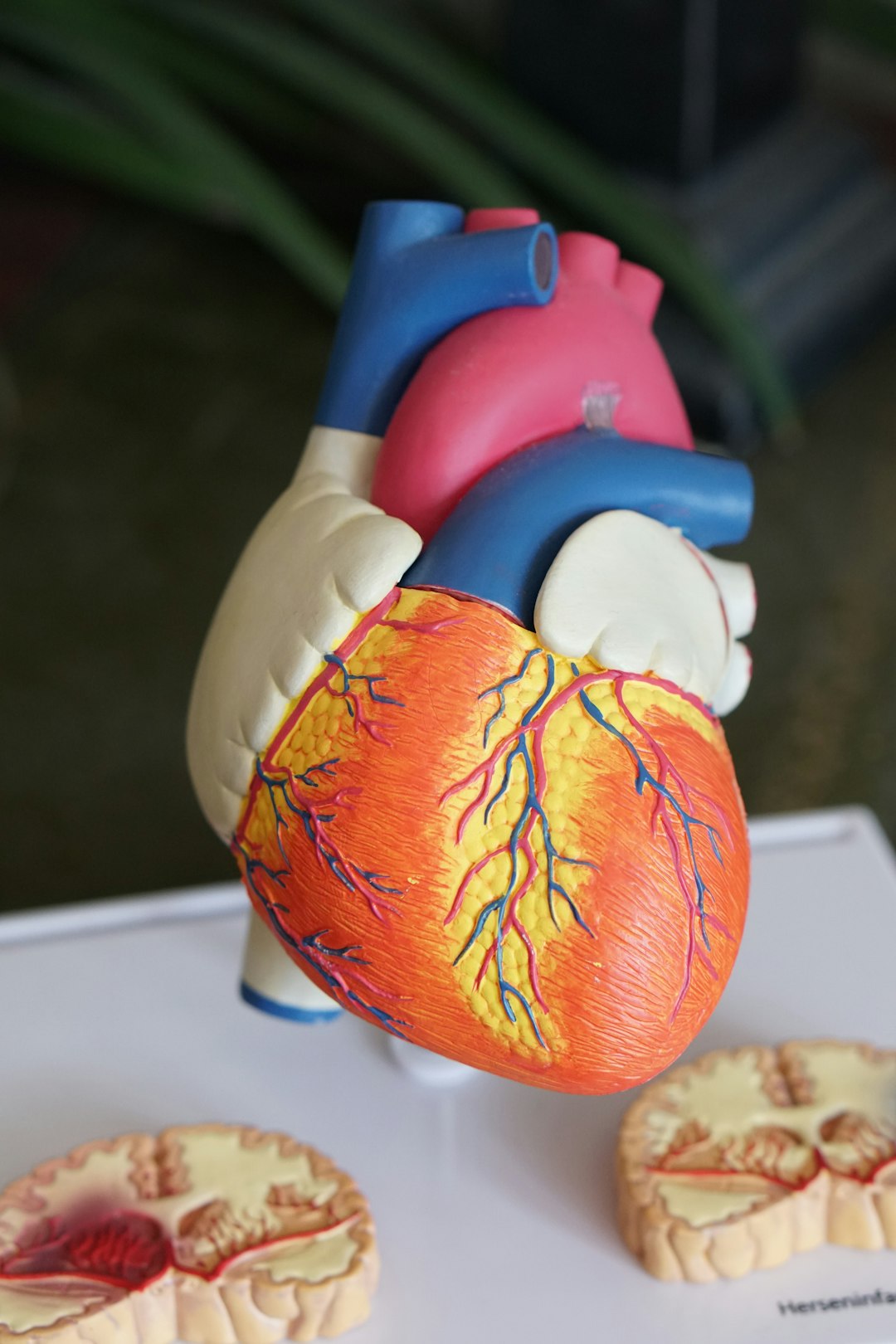Four Tools for Strength Athletes to Fight High Blood Pressure
The Highlander Blood Pressure Protocol
The Highlander helps strength athletes and enthusiasts live stronger for longer. Join fellow Highlanders on our journey:
Highlander Blood Pressure Protocol
I reduced my blood pressure from consistently elevated in the 140s/90s to consistently below 120/80 in about three months.
Before I share what I did, let’s understand the key principle of why I think my Highlander Blood Pressure Protocol worked.
ACT
The Highlander ACT philosophy stands for:
A Always major in the majors.
C Correct excesses and deficiencies.
T Trade off to manage fatigue.
These three ideas build the core of combining high-level strength training with longevity. You can read more in Highlander 2.0.
To fix my blood pressure issues, I corrected some excesses and deficiencies.
If you have high blood pressure, the best way to fix a blood pressure problem is to figure out what your unique excesses and deficiencies might be. Some may be obvious, like if you don’t do any cardio or physical activity or eat a lot of salt. Some may require some experimentation. The ones I’ll address here I suspect are common amongst many strength athletes.
Here’s the Highlander Blood Pressure Protocol (HBPP).

The Protocol
High blood pressure tends to come from two of the four mechanisms of Frailty:
Poor cardiovascular health
Metabolic dysfunction (often via poor diet)
Just because we lift weights for hours a week and are physically strong doesn’t mean we’re very cardiovascularly fit. Before I started incorporating longevity into my training, I would say I was cardiovascularly unfit. My resting heart rate was usually in the 70s and my cardio output was poor on moderate effort.
So, the first place to improve your blood pressure is to add some zone 2 cardio.
Zone 2
To add zone 2 to your strength efforts while minimally impacting strength, you need to do three things:
Find your zone 2 heart rate (roughly 180 minus your age). Zone 2 should be done where you can have a conversation but not want to.
Find time away from strength training to do zone 2. Ideally do them six hours apart. Try to do three 30-60 minute sessions a week. I aim for 150 minutes total per week.
Adjust diet for caloric expenditure if you’re not trying to lose weight. Three zone 2 sessions for 45 minutes might be an extra 1,000+ calories to replace.
I think zone 2 cardio did more for my blood pressure than anything else. By programming it appropriately away from strength work and adjusting energy intake, it has probably helped with my strength training by improving my conditioning and work capacity.
If you don’t do zone 2 add it. Then you can think about nutritional changes.
Nutrition
Adding zone 2 for strength athletes who do no cardio is a universal major to improve blood pressure, and so is cleaning up your diet. If you consistently eat calorically dense foods like pizza, burgers, sweets, etc., start there. You know what is and isn’t clean. Limit those foods to a few times a week and get your calories from higher quality food sources. That alone may clean up some of the specifics I’ll mention below. Being a strength athlete isn’t a license to be a pig about your diet (unless maybe you compete at heavyweight).
Beyond eating clean, there are three areas for enhancing nutrition to lower blood pressure:
Sodium. Sodium is a known factor for high blood pressure. While daily recommendation for normal people is to consume no more than 2.3g/day of sodium, athletes may need more like 4-6g/day to replenish sodium lost through sweat. A half a pizza has about 3g of sodium, so it can add up quickly if you aren’t starting with a clean diet. My sweet spot seems to be around 3-4g most days.
Hydration. Many of us don’t drink enough water, and that can cause a rise in blood pressure. Via the Cleveland Clinic:
“When you’re dehydrated, sodium levels in your blood typically rise. Your system responds by releasing more of a hormone called vasopressin, which works to help your body hang on to water. Vasopressin also can cause your blood vessels to tighten, or constrict, which makes your blood pressure rise.”
Try adding about 32 oz of water to the amount you normally consume and see if it helps with hydration (sign you’re hydrated — your urine should be relatively clear). That’s about three glasses. Drink one every time you walk past a sink.
Supplements. Taurine, magnesium, fish oil, and potassium have all been shown to have the potential to lower blood pressure. I take 2g taurine, 1g magnesium, 2g fish oil, and 2g potassium per day. These may address deficiencies specific to me, but I think they’re worth a try if you have the other aspects of the protocol dialed in and blood pressure is still higher than you want.
High blood pressure is a long-term path to weakness, but these easy fixes should help improve it for many strength athletes. Fix your blood pressure, and stay stronger for longer.
Disclaimer: The Highlander is an educational Substack about how to live stronger for longer. As with all exercise, and health advice, consult with a doctor and/or trainer. This is not medical advice.

